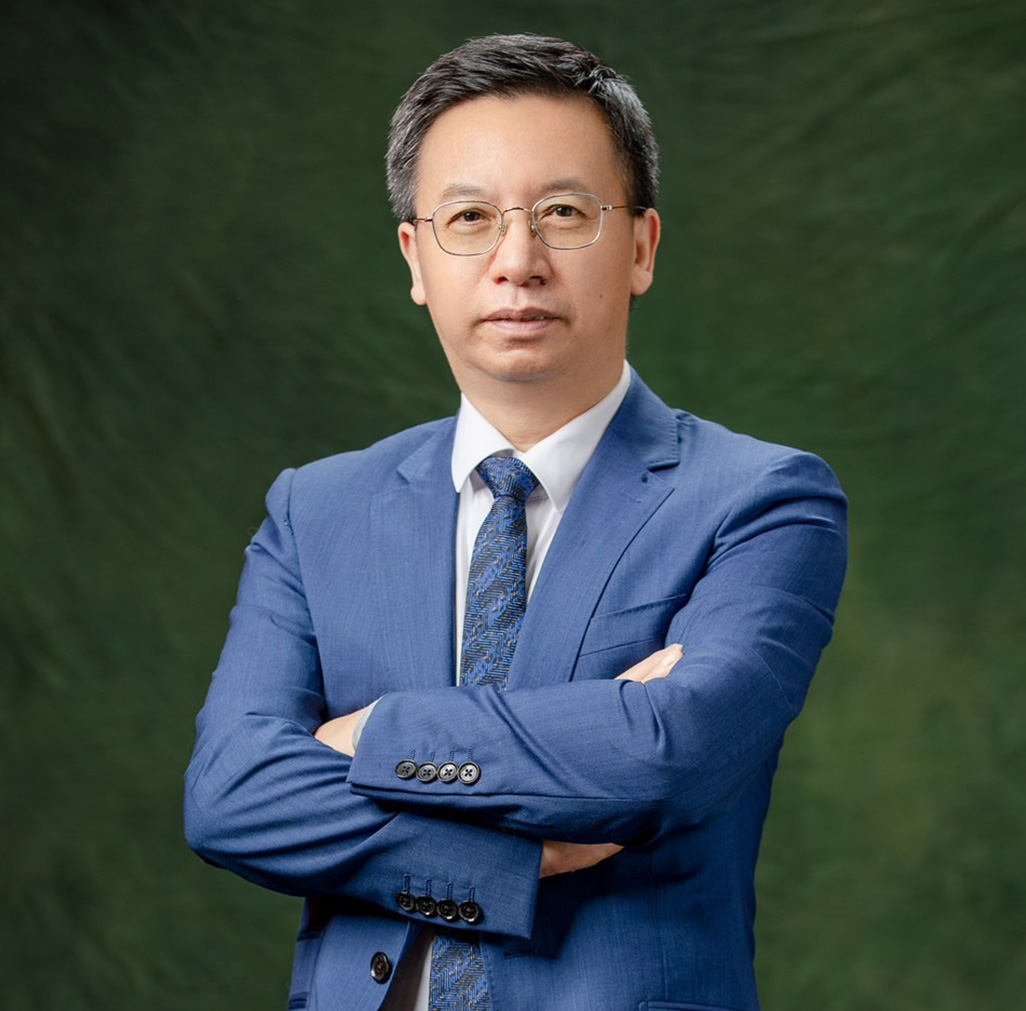Keynote Speakers

Prof. Hong-Liu Yu
Director
Institute of Rehabilitation Engineering and Assistive Technology
University of Shanghai for Science and Technology
Speaker Profile:
Dr. Hongliu Yu is a professor and the director of Institute of Rehabilitation Engineering and Technology, University of Shanghai for Science and Technology (USST) , and the President of Shanghai Engineering Research Center of Assistive Devices . Dr.Yu got his BS degree in engineering from Huazhong University of Science and Technology(HUST) in 1987 and received his Ph.D from University of Shanghai for Science and Technology (USST) with study in the field of intelligent rehabilitation engineering in 2009. His research interests focus on rehabilitation robotics ,intelligent prosthetics,human-machine intelligent interaction,etc.
Dr.Yu found the first education program of rehabilitation engineering in the word. He published over 300 papers and obtained over 100 authorized invention patents . He is currently taking several academic posts,including president of Rehabilitation robotics Alliance and chairman of Rehabilitation Engineering and Industry Development Committee of Chinese Association of Rehabilitation Medicine , editor in chief of the Journal of World Rehabilitation Engineering and Devices , chairman of Rehabilitation Device Committee of China Association of Assistive Products, executive council member of Chinese Association of Rehabilitation Medicine (CARM) , chairman of Committee of Rehabilitation Engineering of Shanghai Society of Biomedical Engineering, etc. He is also the former president of the Coalition of Rehabilitation Engineering and Technology, China (CREATe Asia).
Topic: Human-machine Interaction and Collaboration in Rehabilitation Robotics
Abstract
In a broad sense, rehabilitation robot is a kind of robot that can perform functional assistance or rehabilitation treatment through programming and automatic control, which has the characteristics of long-term close contact and interaction with humans. With the accelerated evolution of strong artificial intelligence technology, rehabilitation robots are about to enter an age of “human-machine symbiosis”. In the natural space of daily activities assistance, human and robot can not only interact and cooperate naturally and safely, but also realize a high degree of coupling from structure to perception and behaviour. This report will first discuss the classifications, human-machine interaction and collaboration characteristics, and key technologies of rehabilitation robots. On this basis, taking the development of typical rehabilitation robots such as intelligent meal-assistance robots as an example, the application of machine vision and artificial intelligence in the human-machine interaction and cooperation of the developed meal-assistance robots will be discussed from the perspective of the complex physical interaction of the human-machine environment in the robot-assisted feeding, especially the methods for the human eating intention and state recognition and the food characteristics identification, as well as the methods of grasping posture decision-making and dynamic path planning for robotic arms. In addition, the characteristics and methods of human-machine interaction and cooperation of rehabilitation training robots and intelligent prostheses will be briefly discussed. Finally, the development trends and directions of human-machine interaction and cooperation of intelligent rehabilitation robots will be prospected.


